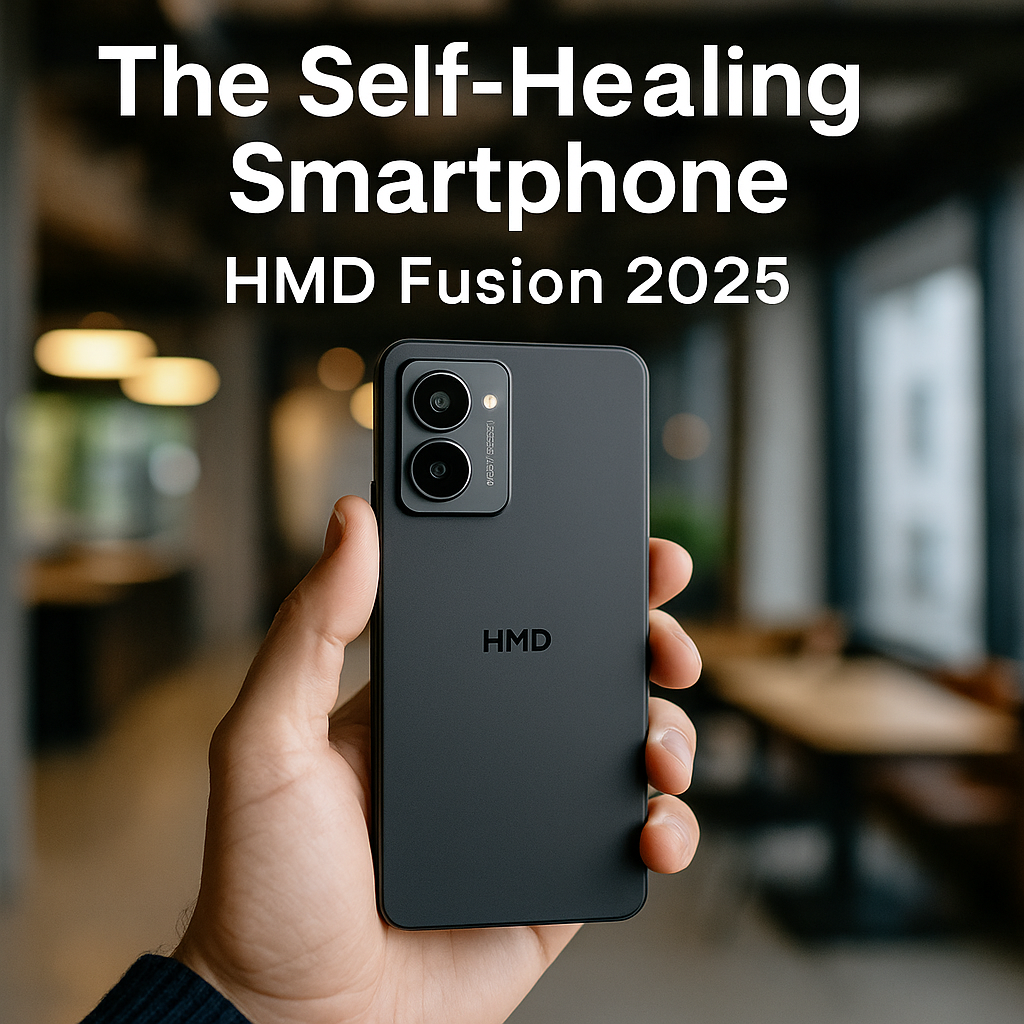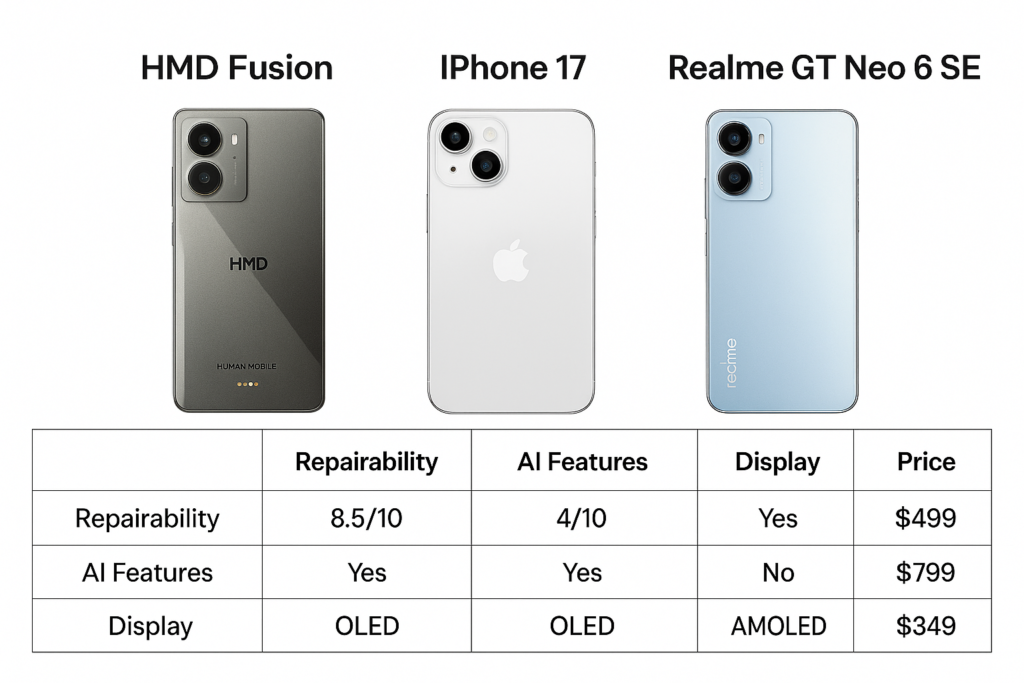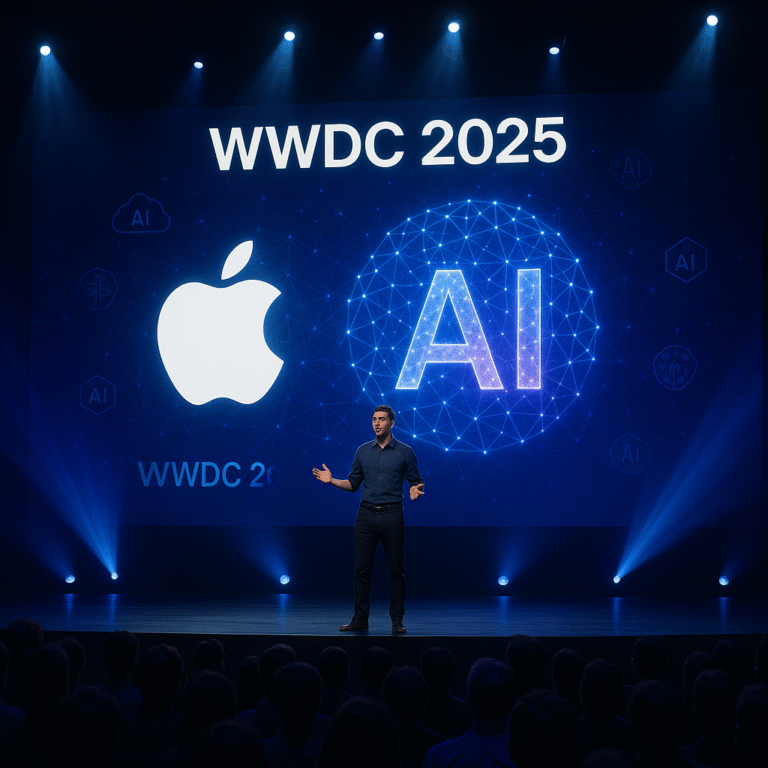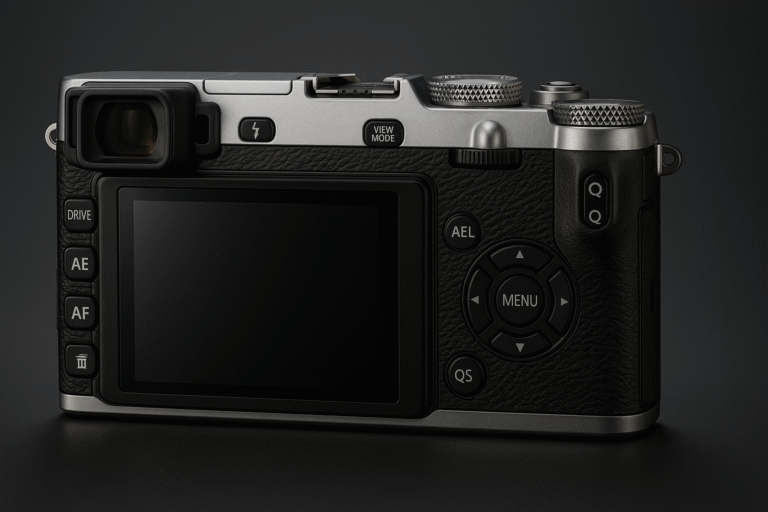
In an era where sustainability and personalization matter more than ever, HMD Global has unveiled its most ambitious smartphone yet: the HMD Fusion. Slated for release in 2025, the Fusion isn’t just another Android phone—it’s a modular, customizable, and even self-repairing device that could drastically change how we view phone ownership.
Combining AI-driven diagnostics, user-replaceable parts, and developer-friendly modularity, the HMD Fusion may usher in a future where planned obsolescence is a thing of the past.
Let’s explore how this revolutionary phone works, what it offers, and how it compares to some of 2025’s top flagship smartphones like the iPhone 17 and the Realme GT Neo 6 SE.
🧠 HMD Fusion: What Makes It Special?
The HMD Fusion is built around three bold concepts:
- Modular Expansion
- Self-Repairing Capability
- Open-Source Customization
Each of these plays into current consumer trends: sustainability, customization, and cost-saving tech.
🔧 Modular Design: Mix and Match Hardware
HMD’s new platform allows swappable backplates and attachable modules, from external batteries to camera upgrades and sensors. Developers and third parties are encouraged to build new modules, opening the door to niche use cases (think scientific sensors, gaming attachments, or health monitors).
🛠️ Self-Repair: AI + User-Friendly Hardware
The AI-powered self-diagnostic system inside HMD Fusion alerts users when a component (such as a battery, display, or camera) is underperforming. Unlike most flagship phones that require expensive repair services, the Fusion can be easily disassembled with minimal tools. Think LEGO meets smartphone.
The system also includes predictive failure detection, notifying users before a failure even occurs.
📱 HMD Fusion Key Features
| Feature | Details |
|---|---|
| Display | 6.6” OLED, FHD+, 120Hz refresh rate |
| Processor | Qualcomm Snapdragon 7s Gen 2 |
| RAM & Storage | 8GB / 12GB RAM, 128GB / 256GB storage |
| Battery | 4700mAh, removable, 30W fast charging |
| Camera | Dual 50MP + 8MP rear, 16MP front |
| Operating System | Android 14 (with 5 years of updates) |
| Unique Selling Point | Modular design, AI-powered self-repair, developer expansion kits |
| Sustainability | Recycled materials, repairable design, minimal e-waste |
🔬 How AI Enables Self-Repair in the HMD Fusion
AI plays a central role in the HMD Fusion’s design:
- 📊 Real-Time Monitoring: AI continuously checks the health of the phone’s battery, memory, and sensors.
- 🔧 Fix Suggestions: If something malfunctions, AI provides on-screen instructions for DIY repairs.
- 🧠 Learning Algorithms: Over time, it learns your usage pattern to optimize performance and battery longevity.
This intelligent system lowers long-term costs and adds value for consumers tired of short product lifecycles.
⚔️ HMD Fusion vs. Competitors: A 2025 Comparison
| Phone | HMD Fusion | iPhone 17 | Realme GT Neo 6 SE |
|---|---|---|---|
| OS | Android 14 | iOS 18 | Android 14 (Realme UI 5.0) |
| Display | 6.6″ OLED, 120Hz | 6.7″ LTPO OLED, 120Hz | 6.74” AMOLED, 144Hz |
| Chipset | Snapdragon 7s Gen 2 | Apple M4 (rumored) | Snapdragon 7+ Gen 3 |
| Self-Repairing? | ✅ Yes (AI + modular) | ❌ No | ❌ No |
| Battery | 4700mAh removable, 30W fast charging | 4600mAh (non-removable), 35W | 5500mAh, 100W fast charging |
| Camera Setup | 50MP dual camera | 48MP + 12MP (AI imaging enhancements) | 50MP Sony IMX882 + 8MP ultra-wide |
| Price (Est. USD) | ~$450 Buy | $799+ Buy | ~$300 Buy |
| Sustainability | ♻️ High (modular + repairable) | ⚠️ Medium (recyclable packaging only) | ⚠️ Low (sealed components) |
| Target Audience | DIY users, developers, eco-conscious | Premium users, Apple ecosystem fans | Budget gamers, performance seekers |

🌍 Why the HMD Fusion Matters in 2025
The HMD Fusion taps into four major tech trends in 2025:
- Right-to-Repair Legislation: With governments enforcing repairability standards, Fusion aligns perfectly with upcoming regulations.
- Sustainability Demand: Consumers are increasingly looking for eco-friendly tech. Fusion’s replaceable modules and recyclable materials hit the mark.
- Modular Devices Revival: After Google’s failed Project Ara, HMD’s approach seems more practical and user-focused.
- AI in Hardware Maintenance: Leveraging AI for hardware diagnostics is a game-changer, reducing service costs and electronic waste.
💬 Expert Insight: Is This the Future?
“The HMD Fusion isn’t just innovative—it’s timely. As AI and sustainability dominate the 2025 tech narrative, a repairable, modular phone could gain serious traction among developers and eco-conscious consumers.”
— Arjun Mehta, Mobile Analyst, TechWire Global
📈 Consumer Use Cases
- 🧑🔧 Tech Enthusiasts – Customize with new sensors or accessories.
- 🌱 Eco-Conscious Users – Keep the phone for 5+ years with minimal environmental impact.
- 🧑💼 Developers – Create custom modules via open SDK.
🔚 Final Thoughts: Should You Buy the HMD Fusion?

The HMD Fusion stands out in a sea of copycat smartphones. It offers freedom, sustainability, and intelligence—three qualities rarely seen in budget or even premium phones.
If you’re looking for a device that:
- Lasts longer than the average flagship,
- Saves you money on future repairs,
- Offers unique customization options,
- And aligns with your values of sustainability,
Then the HMD Fusion is a strong contender in 2025’s smartphone race.
With the iPhone 17 pushing software and camera innovation and the Realme GT Neo 6 SE winning over budget performance users, the Fusion carves its own path by reinventing what phone ownership looks like.



